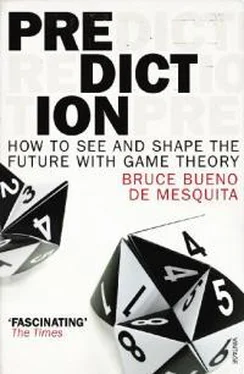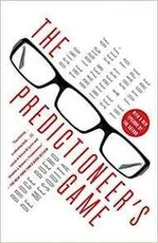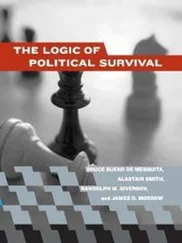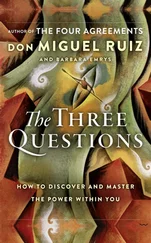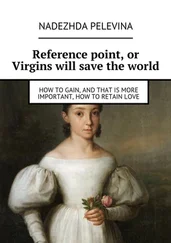FIG. 10.7B. Changing Power in Iraq If the United States Keeps 50,000 Combat Troops There
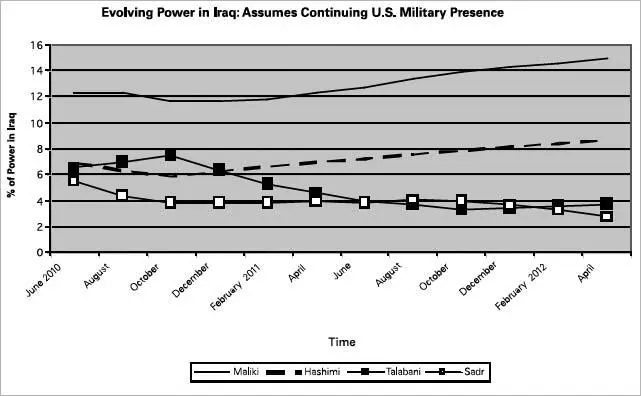
With fifty thousand American soldiers in Iraq, Sadr’s political future looks much worse than if the United States withdraws. To be sure, the assessment derived from the game indicates that Sadr is entering a period of decline either way, but his downfall is steeper if President Obama resists the pressure to withdraw. President Talabani is also on the way down either way, but he falls faster and farther if the United States pulls out. That is a rather unfortunate combination of circumstances because Sadr is openly hostile to the United States and Talabani views the United States as an important ally.
The really big story in Iraq, however, takes us back to the changing fortunes of Hashimi and Maliki, especially if the United States pulls all of its forces out of Iraq. As I mentioned, Maliki is a reasonably reliable friend. He understands the brazen pursuit of his self-interest; he will just as quickly make a deal with Iran if the United States pulls out as he will make nice to the United States if American troops remain in place. He’s got his finger in the wind and he is working out who will do the most to be his guardian angel. The big risk in his political life is being ousted from office; the major domestic threat to his continued hold on power clearly comes from Hashimi. Hashimi wants Iraq to have nothing to do with Iran. Furthermore, he wants to reverse the government’s policy of de-Baathification; that is, he wants an end to the ongoing exclusion of former Baathists (Saddam Hussein’s party) from the government. And Hashimi staunchly opposes a federal structure for Iraq. Federalism is seen by many—most notably Vice President Joseph Biden—as the most promising means to avert civil war. Thus a political struggle along the Shia-Sunni (Maliki-Hashimi) divide is likely to cast a huge shadow over Iraq if U.S. forces are withdrawn. It is a much smaller shadow with U.S. forces on the scene.
With Maliki’s power slipping while Hashimi’s rises under the withdrawal scenario, there seem to be only two ways things can go—and neither is good from the U.S. perspective. Maliki can enter into a power-sharing arrangement with Hashimi. That would significantly strengthen the central government and assuage many Sunnis, two good things, but it might also open the door for the Baathists to regain control, a potentially very bad outcome indeed. After all, the projected power in the absence of the United States shows Maliki and Hashimi almost dead even and with Maliki on a downward spiral while Hashimi is ascending. Maliki, fearful of just such a takeover by Baathists, might opt for the second solution to the threat to his power. Rather than sharing leadership with Hashimi, he might call on Iran to step in and help defend his regime against a nascent Sunniled insurgency or civil war. That, of course, would be an awful outcome for just about everyone except the Iranian leadership.
IRAN-IRAQ PARTNERSHIP
The feasibility of Iran’s army being invited in to help shore up Maliki’s regime against a Sunni threat depends, of course, on the nature of the deal the two countries will strike. The internal dynamics in Iran lead quickly—after just three rounds of domestic give-and-take—to a decision on how Khamenei should deal with Iraq in trying to forge a partnership. He will seek a full strategic partnership. Once each country has resolved its own views on partnership, it will be time for the respective negotiators to come together to discover whether they can find common ground for a deal.
Figures 10.8A and B show what is likely to emerge from bilateral Iran-Iraq negotiations if the United States has pulled out militarily or keeps fifty thousand troops on the ground. The pictures tell radically different stories. Without U.S. troops present, Maliki and Khamenei quickly come to terms. If American forces are on the scene, it looks like the negotiations will be abandoned—or at least tabled—well before an agreement is reached. Indeed, the game suggests that the two governments will not have come to terms with each other even after more than two years of negotiations, if and only if Obama maintains a fifty-thousand-strong combat contingent in Iraq.
FIG. 10.8A. Iran-Iraq Negotiations After the United States Withdraws

FIG. 10.8B. Iran-Iraq Negotiations If the United States Does Not Withdraw
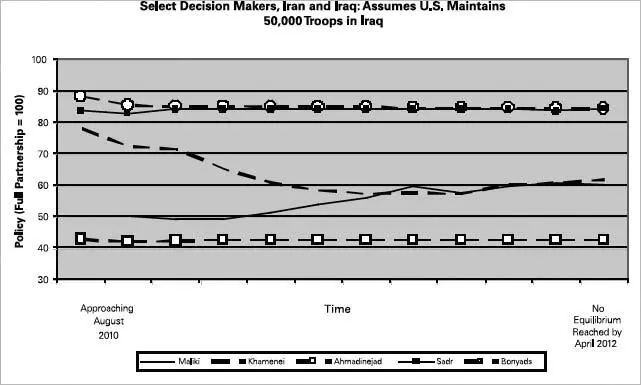
Figures 10.8A and B depict the policy positions of the two principal decision makers—Khamenei and Maliki—during the course of bilateral negotiations, but the figures also show the evolving policy stances of the most extreme elements with real clout in each country. Thus we see the near polar-opposite positions of Iran’s President Ahmadinejad and the Bonyads, a group of Iranian tax-exempt charities that exert massive control over much of Iran’s economy and have enormous influence over Khamenei and the ruling council of Ayatollahs. Khamenei appears comfortable with showing real flexibility to advance the prospects of striking a deal with Maliki’s government whether U.S. troops stay or go. But Mahmoud Ahmadinejad resists the partnership agreements that could be in the cards regardless of whether the United States withdraws.
According to the predictioneer’s game, Ahmadinejad starts out and ends up advocating much firmer Iranian influence over Iraq than the Iraqis can agree to, and in doing so he is likely to alienate Khamenei. 3Indeed, as we will see, Ahmadinejad doesn’t get his way and this gradually costs him political influence. Meanwhile, the Bonyads—that is, the principal moneyed interests in Iran—remain equally steadfast in their opposition to what could be a very costly Iranian partnership with Iraq. They hold out for about as weak a set of ties as the United States is willing to live with. They advocate a bit more than cordial relations between the two countries, but not much more than that. Who knows, as the Ayatollahs’ influence declines—and as we will see, it is already doing so—the Bonyads may become a vehicle through which the United States can find common ground with important stakeholders in Iran.
On the Iraqi side, Muqtada al-Sadr plays much the same part that Ahmadinejad plays in Iran. Sadr too proves all but immovable. However, even as he and Ahmadinejad try to scuttle an agreement, the game indicates that if the United States withdraws, Maliki and Khamenei will swiftly arrive at an agreement. The deal they are predicted to strike if Obama withdraws all American combat-ready troops is at 60 on the issue scale. This means the two countries will engage in a fair amount of arms transfers. They will capitalize on some coordination between their intelligence services and they probably will sign an alliance (such as a mutual entente) that assures more than nonaggression between them but that does not go so far as to provide guarantees of mutual defense. Such an arrangement probably would be sufficient for Maliki to call on Iran to defend his government against a Sunni uprising if one were to occur, thereby improving the odds of keeping Hashimi at bay.
If, however, the United States keeps fifty thousand troops in Iraq, the picture is entirely different. As can be seen in figure 10.8B, although negotiations can result in Khamenei and Maliki coming to terms, the conditions for a stable outcome are not present. That is undoubtedly because Maliki will face great political pressure at home. That pressure will oppose his signing a partnership agreement with Iran. So, facing such stiff domestic political pressure, Maliki will put any possible deal on hold. Even after simulating more than two years of negotiations, the model does not arrive at an equilibrium outcome: the game goes on. According to the game, the discussions would most probably be broken off well before the two sides could discover a deal the Iraqis could sell politically at home. That is, the American military presence is sufficient to hold Maliki’s feet to the fire, keeping him from making big concessions to Khamenei. There are ways to overcome the problems Maliki will face, but considering that there is a reasonable chance that Iraqi or Iranian diplomats might read this, I leave it to them to work out how to solve their problem. It isn’t likely that they would listen to what I have to say, but why test those waters?
Читать дальше
